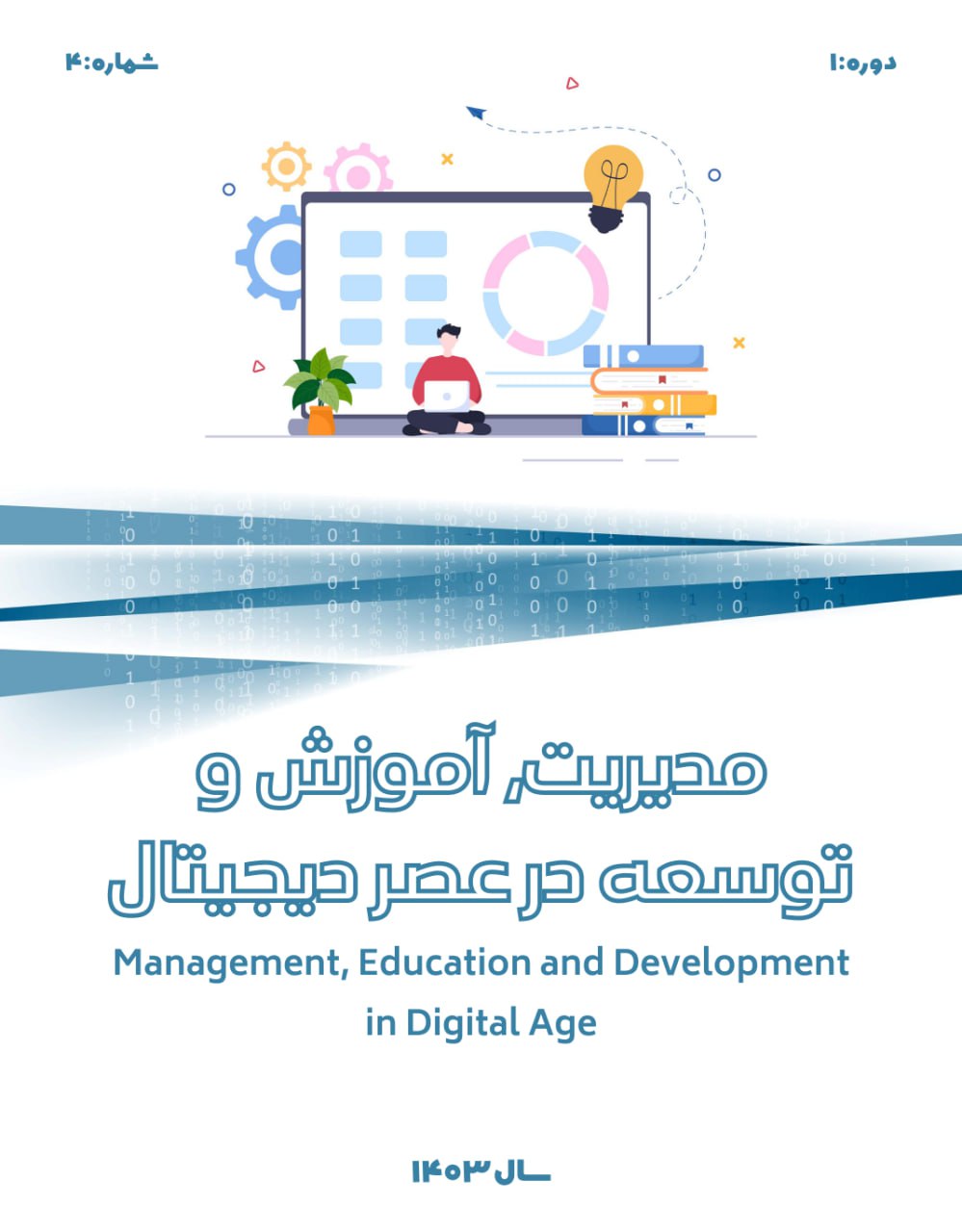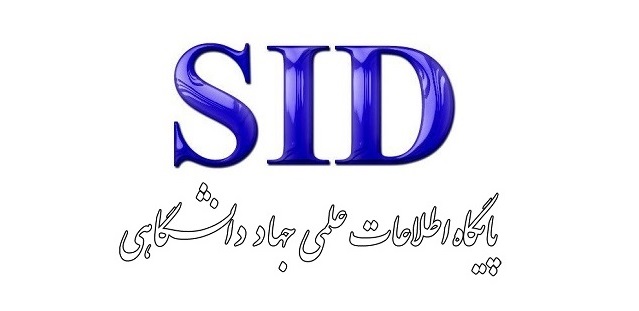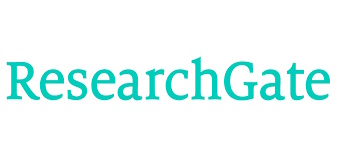طراحی و هنجاریابی مقیاس سنجش مهارتهای آیندهاندیشی در آموزش عالی عراق
کلمات کلیدی:
مهارتهای آیندهاندیشی, آموزش عالی, طراحی و هنجاریابی مقیاس, روایی و پایایی, عراقچکیده
هدف پژوهش، طراحی و هنجاریابی یک مقیاس معتبر و بومی برای سنجش مهارتهای آیندهاندیشی در میان دانشجویان دانشگاههای عراق است. پژوهش حاضر از نظر هدف، کاربردی و از نظر روش، توصیفی–پیمایشی با رویکرد کمّی است. جامعه آماری شامل 439 دانشجو از دانشکده آموزش پایه دانشگاه سومر بود که با روش نمونهگیری تصادفی، 222 نفر بهعنوان نمونه انتخاب شدند. ابزار گردآوری دادهها پرسشنامهای محققساخته بود که ابتدا شامل 75 گویه در قالب مقیاس پنجدرجهای لیکرت تدوین شد و پس از ارزیابی روایی محتوایی توسط متخصصان و حذف گویههای مبهم، نسخه نهایی با 61 گویه در هفت خردهمقیاس تنظیم گردید. برای بررسی روایی سازه از تحلیل عاملی اکتشافی و تأییدی و برای سنجش پایایی از آلفای کرونباخ و بازآزمایی سههفتهای استفاده شد. دادهها با نرمافزارهای SPSS و AMOS تحلیل گردیدند. شاخص KMO برابر 0.953 و آزمون بارتلت معنادار بود (χ²=12671.91, p<0.05)، که کفایت دادهها را برای تحلیل عاملی تأیید کرد. تحلیل عاملی اکتشافی هفت عامل اصلی با بارهای عاملی بین 0.30 تا 0.81 را شناسایی کرد که 67 درصد واریانس کل را تبیین نمود. در تحلیل عاملی تأییدی، شاخصهای برازش مدل شامل RMSEA=0.056، CFI=0.94، GFI=0.91 و TLI=0.92 در محدوده مطلوب قرار داشتند. ضرایب آلفای کرونباخ برای خردهمقیاسها بین 0.78 تا 0.92 و برای کل مقیاس برابر با 0.97 محاسبه شد. ضریب همبستگی بازآزمایی (r=0.87) نیز ثبات زمانی مطلوب مقیاس را تأیید کرد. این نتایج بیانگر روایی و پایایی بالای ابزار طراحیشده است. نتایج پژوهش نشان داد که مقیاس طراحیشده از اعتبار و اعتمادپذیری بالایی برخوردار است و میتواند بهعنوان ابزاری استاندارد برای سنجش مهارتهای آیندهاندیشی دانشجویان عراقی مورد استفاده قرار گیرد. این ابزار علاوه بر کارکرد پژوهشی، میتواند مبنایی برای طراحی و ارزیابی برنامههای آموزشی، ارتقای کیفیت یادگیری و سیاستگذاری در نظام آموزش عالی عراق فراهم آورد.
دانلودها
مراجع
Abu Safieh, L. A. (2010). The effectiveness of a training program based on solving future problems among a sample of tenth grade female students in Zarqa University of Jordan]. https://search.mandumah.com/Record/554629
Abu Warda, S. H., Abu Ghararah, N. H. A. F., & Youssef, M. A. F. (2022). The role of digital supply chain integration in improving product innovation: A field study on iron and steel companies in Egypt. Journal of Contemporary Commercial Studies, 8(14), 1-61. https://csj.journals.ekb.eg/article_261229.html
Al-Ali, M. H., & Abdal Hussein, S. I. (2020). Future thinking skills for university students. Journal of Educational and Psychological Research, 17(67). https://jperc.uobaghdad.edu.iq/index.php/jperc/article/view/1124
Al-Daridi, S. (2019). Reasons for low academic achievement among second year secondary school students In the high school exam for scientific physics in Jordan from the point of view of supervisors Educators and teachers. Journal of the Faculty of Education, Assiut University - Faculty of Education. https://mfes.journals.ekb.eg/article_102702.html?lang=en
Al-Ghurairi, S. J. A. (2007). Teaching understandable thinking and its contemporary trends. Al-Mustafa Press.
Al-Mutairi, W. S. N. (2018). Content analysis of the first-year secondary physics course in light of futures thinking skills. Journal of Education and Psychology(61), 53-77. https://search.shamaa.org/fullrecord?ID=240367
Cho, J. (2025). School context, school leaders' data-informed decision-making, and student learning outcomes. School effectiveness and school improvement, 36(1), 1-23. https://doi.org/10.1080/09243453.2024.2436889
Cokluk, O., Sekercioglu, G., & Buyukozturk, S. (2016). Multivariate statistics for social sciences: SPSS and LISREL applications. Pegem Akademi.
Dalin, P., & Rust, V. D. (1996). Towards schooling for the Twenty First Century. Cassel. https://books.google.com/books/about/Towards_Schooling_for_the_Twenty_first_C.html?id=Y9GdAAAAMAAJ
Elyasi, F., Kamrai, A., & Baharloo, M. (2017). Developing a Model of the Relationship Between Excellence-Oriented Futurism and the Improvement of Perceived Curriculum Quality. The Second International Conference on Modern Research in Management, Economics, and Accounting, Malaysia. https://en.civilica.com/doc/440020/
Farasatkhah, M. (2008). Futurism on the Quality of Iranian Higher Education; A Model Derived from the Grounded Theory. Quarterly Journal of Research and Planning in Higher Education, 14, 67-95. https://journal.irphe.ac.ir/article_702635.html?lang=en
Hafez, I. H. (2015). Future thinking (Concept - Skills - Strategies). Dar Al-Ulum for Publishing and Distribution.
Hair, J. F., Hult, G. T. M., Ringle, C. M., Sarstedt, M., Danks, N. P., & Ray, S. (2021). An introduction to structural equation modeling. In Partial least squares structural equation modeling (PLS-SEM) using R (pp. 1-21). Springer. https://doi.org/10.1007/978-3-030-80519-7_1
Hicks, D. (1998). Postmodern Education: A Futures Perspective. American behavioral scientist, 42(3), 514-521. https://doi.org/10.1177/0002764298042003023
Jones, A., Buntting, C., Hipkins, R., McKim, A., Conner, L., & Saunders, K. (2012). Developing Students' Futures Thinking in Science Education. Research in Science Education, 42(4), 687-708. https://doi.org/10.1007/s11165-011-9214-9
Matthews, S. M., Penedo, F. J., & Park, C. L. (2025). Positive psychology and health behavior change. Annual review of psychology, 76, 341-365.
Sandoval-Ríos, F., Gajardo-Poblete, C., & López-Núñez, J. A. (2025). The role of data literacy training for decision-making in teaching practice: A systematic review. Frontiers in Education, 10, 1485821. https://doi.org/10.3389/feduc.2025.1485821
Seligman, M. E. P., Ernst, R. M., Gillham, J., Reivich, K., & Linkins, M. (2009). Positive education: Positive psychology and classroom interventions. Oxford Review of Education. https://doi.org/10.1080/03054980902934563
Slaughter, R. A. (1995). The foresight principle: Cultural recovery in the 21st century. Praeger. https://www.academia.edu/68490696/The_foresight_principle_Cultural_recovery_in_the_21st_century
Torrance, E. (2003). The millennium: A time for looking forward and looking back. Cognition and Emotion, 15(1), 6. https://doi.org/10.4219/jsge-2003-442
van Zyl, L. E., Roll, L. C., & Stander, M. W. (2022). Grand challenges for positive psychology: Future directions. Frontiers in psychology, 13, 833057. https://doi.org/10.3389/fpsyg.2022.833057
Voros, J. (2003). A generic foresight process framework. foresight, 5(3), 10-21. https://doi.org/10.1108/14636680310698379
Yaslioglu, M. M. (2017). Factor analysis and validity in social sciences: Using exploratory and confirmatory factor analyses. Istanbul University Journal of Business Administration, 46, 74-85. https://dergipark.org.tr/en/pub/iuisletme/issue/32177/357061
Zimbardo, P. G., & Boyd, J. N. (1999). Putting Time in Perspective: A Valid, Reliable Individual-Differences Metric. Journal of personality and social psychology, 77(6), 1271-1288. https://doi.org/10.1037/0022-3514.77.6.1271
دانلود
چاپ شده
ارسال
بازنگری
پذیرش
شماره
نوع مقاله
مجوز
حق نشر 2025 Noor Naim Ajel (Author); Ali Khalkhali; Falih Abdulhasan Owaid Al-Nuairi, Mahboubeh Sadat Fadavi (Author)

این پروژه تحت مجوز بین المللی Creative Commons Attribution-NonCommercial 4.0 می باشد.









